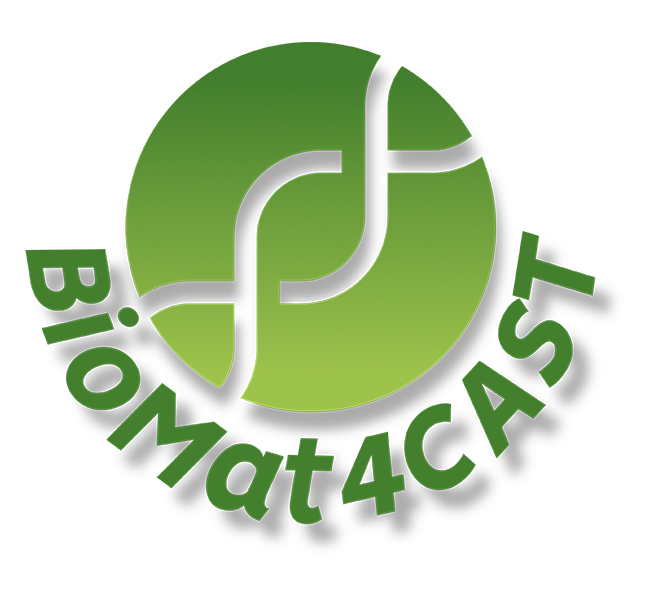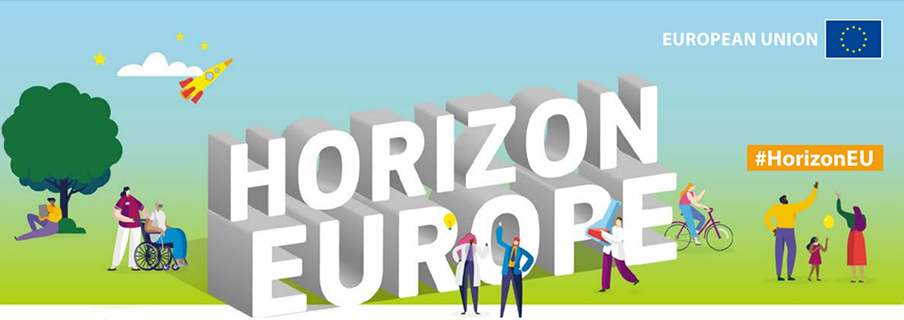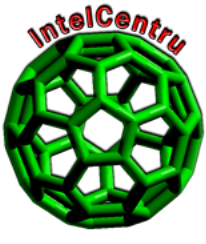| |
Scientific plan - Overview of the research projects in BioMat4CAST
RESEARCH PROJECTS
Project 2. Modelling of the Transdermal delivery of drugs and genes
1. Project Team leader
1. 1. BioMat4CAST Computing Team Members
|
Dr. Tudor Vasiliu, PhD student Razvan-Cristian Puf, PhD student Narcis Iulian Cibotariu, Prof. Andrei Neamtu
|
1. 2. Experimental Support for the Computational Team
| Dr. Bogdan Florin Craciun, Dr. Mihaela Silion, Dr. Dragos Peptanariu, Dr. Adina Coroaba. External collaborators |
2. Objectives
| Training the computational team in using the proper modelling techniques to develop membrane penetration enhancing carriers for transdermal drug delivery and in modelling highly charged systems such as ionic liquids. Training the computational team and the team of experimentalist supporting them to properly combine the “in silico” and “wet” experiments. |
3. Project Organization
The development of novel Ionic Liquids (IL) for transdermal delivery (TDD), requires several activities, that are organized below in 4 parts.
The overview of the project is illustrated in Figure 3.
Step 1. Search for Novel IL Systems for TDD of Drugs and Genes
• Analyzing biocompatible ILs from recent TDD experiments for skin penetration.
• Creating a virtual library of active pharmaceutical ingredients IL (API-ILs) through de novo studies and databases.
• Generating a substantial virtual library in Simplified Molecular Input Line Entry System (SMILES) format for fast screening.
• Performing quantitative structure property relationship (QSPR) analysis, machine learning (ML), and theoretical evaluations for promising candidates.
Step 2. Modelling the Skin:
• Utilizing a mechanical model for skin components, focusing on follicular and cutaneous blood vessel paths.
• Developing detailed models for stratum corneum, lipid matrix, drugs, permeation enhancers, and nanocarriers.
• Comining AA and CG simulations, creating an optimal composition of internal structures.
• Exploring diffusion profiles and heterogeneity through pharmacokinetic models.
Step 3. Models for Novel IL-Based TDD Systems:
• Building in silico models for Surface Active Ionic Liquids (SAIL) and Choline And Geranate (CAGE).
• Optimizing molecular structures and AA force fields for classical MD simulations.
• Coarse-graining models using the Inverse Monte Carlo method.
• Simulating self-assembled stable liposomes, testing stability, deformability, and cargo-carrying ability.
Step 4. Modeling Topical and Systemic Delivery using IL-Based TDD:
• Applying IL models from Step 3 for topical and systemic TDD of drugs and genes.
• Focusing on delivering drugs/genes for skin cancer treatment and insulin supply.
• Using SAILs and CAGE as delivery systems, exploring their interactions with DNA or small interfering RNA (siRNA).
• Integrating experimental studies for preparation, loading, skin permeation, release profile, stability, and bioavailability.
|
Competences that will be acquired/improved by the computational team
High-throughput screening, testing and evaluation of the API-IL vehicles and cargo. AA and CG model development including large scale computer simulations. Model development includes neural networks to optimize and finetune both AA and CG forcefields. Enhanced MD techniques (steered MD and Umbrella sampling). Analysis of trajectories to obtain transport properties. Collecting stationary state for Markov state modelling to create a kinetic model.
Competences expected from the experimental team supporting the computations
(1)Skin permeation studies using Franz diffusion cells for the rates and drug permeation. (2) Drug dissolution tests for the release profile of the drug and stability testing of the delivery system (temperature, humidity). (3) Bioavailability testing. (4) Microscopic and spectroscopic tests to analyse the chemical and physical properties of the API-IL formulations. (5) In vitro and in vivo correlation. Pharmacokinetic/dynamic studies.
|
4. Instructors/trainers
| Prof. Lenuta Profire (University of Medicine and Pharmacology, Iasi, Romania) |
|
| Prof. Xiaoyan Ji (Luleå Technological University, Sweden) |
|
| Prof. Francesca Mocci (Cagliari University, Italy) |
|
Figure 3. Research scheme of project 2
|


